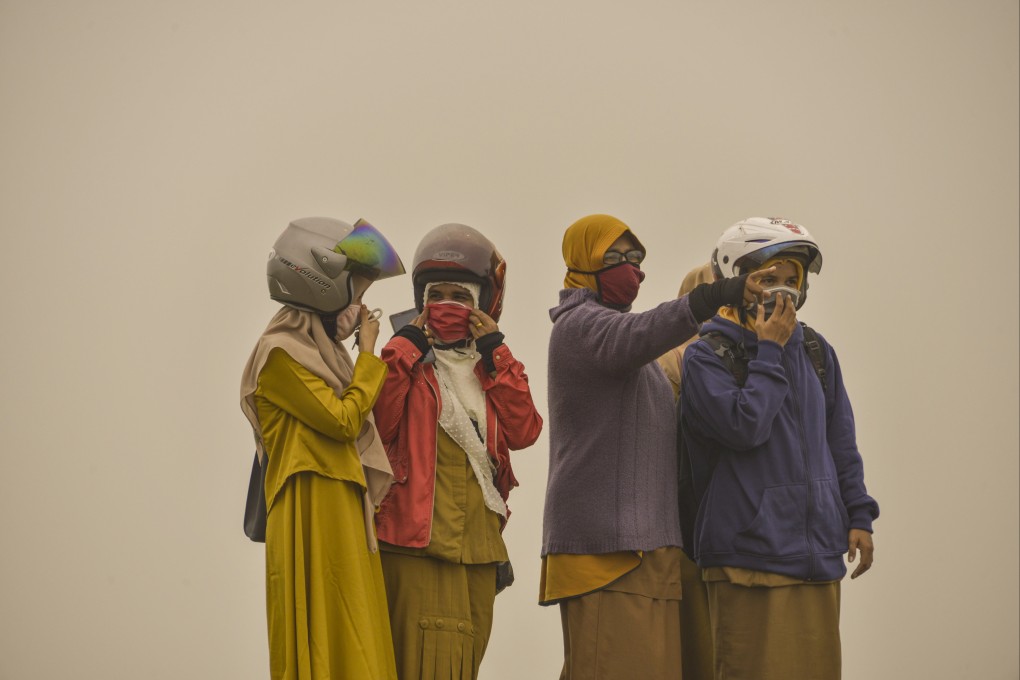Advertisement
Eye on Asia | How increased threat of forest fires and climate change in Southeast Asia is further endangering public health
- As pulp and paper milll companies in Indonesia look to ramp up production, a coming period of hot, dry weather is set to increase the risk of forest fires that cloak the region in a toxic haze
- This would dramatically worsen the health effects of respiratory diseases like Covid-19
Reading Time:3 minutes
Why you can trust SCMP
0

One of the few mercies of the Covid-19 pandemic in Southeast Asia is that the initial outbreak did not occur during a severe fire and haze year, and that the wet and cool climatic pattern known as La Niña has kept fires down in the past few years.
This looks like it’s about to change. Meteorologists are predicting 2022 will see the return of hot, dry and fire-prone conditions known as El Niño, a climate pattern that’s becoming more frequent and severe due to climate change.
If Covid-19 had arrived during a catastrophic El Niño fire year like 2015 or 2019 – when tens of millions of people in parts of Indonesia, Singapore and Malaysia were affected by toxic smoke – the death toll would probably have been far higher.
Exposure to air pollution, like the haze that results from forest fires, dramatically worsens the health effects of Covid-19.
It is becoming apparent that Covid-19 is now globally endemic, which is why cutting susceptibility to it and other respiratory diseases by tackling air pollution, especially fine particulate matter, is a public health priority. It is also why the planned expansion of two massive pulp and paper mills in Sumatra should raise alarm bells for Indonesia and its neighbours.
Advertisement
Select Voice
Choose your listening speed
Get through articles 2-3x faster
1.1x
220 WPM
Slow
Normal
Fast
1.1x
